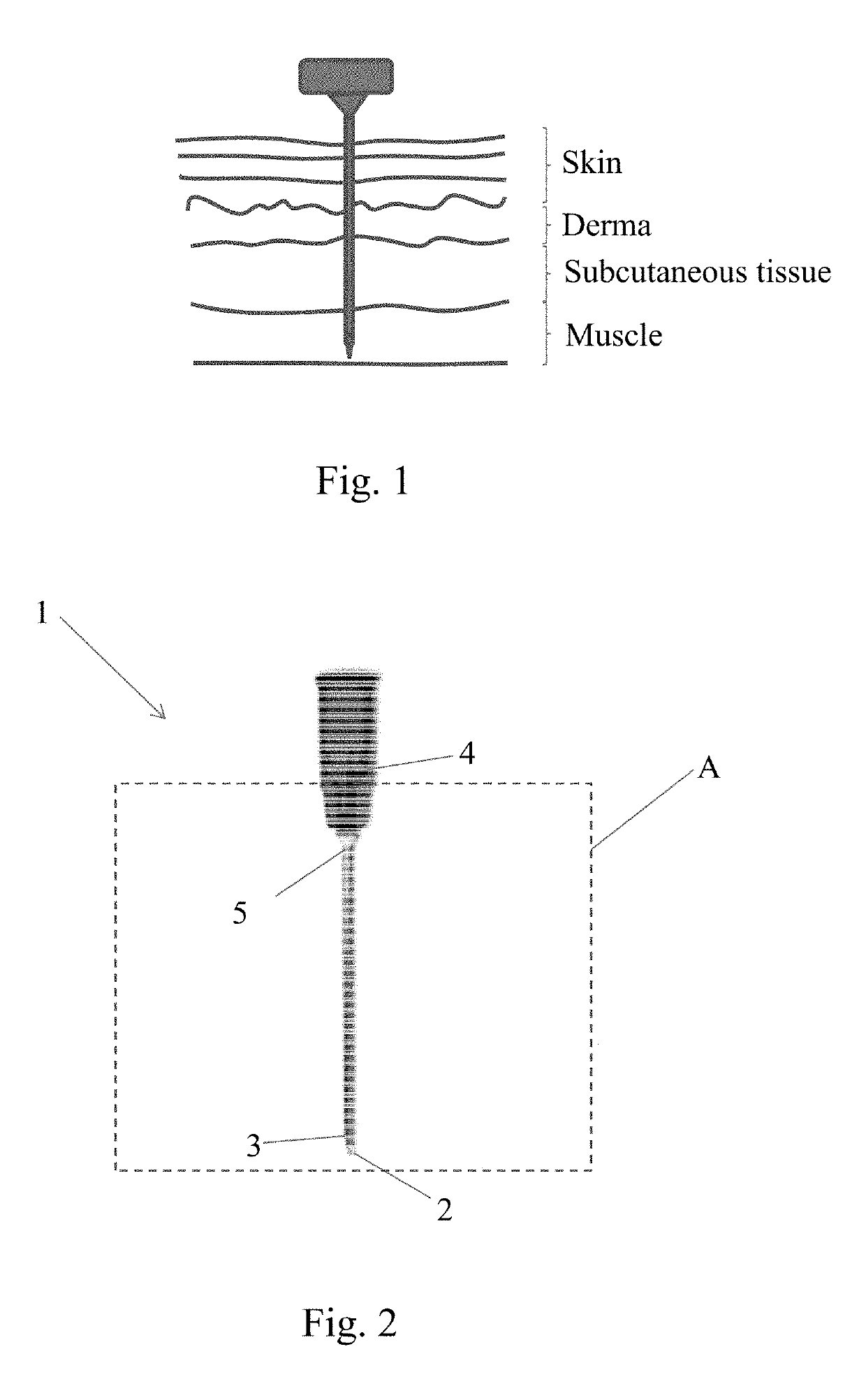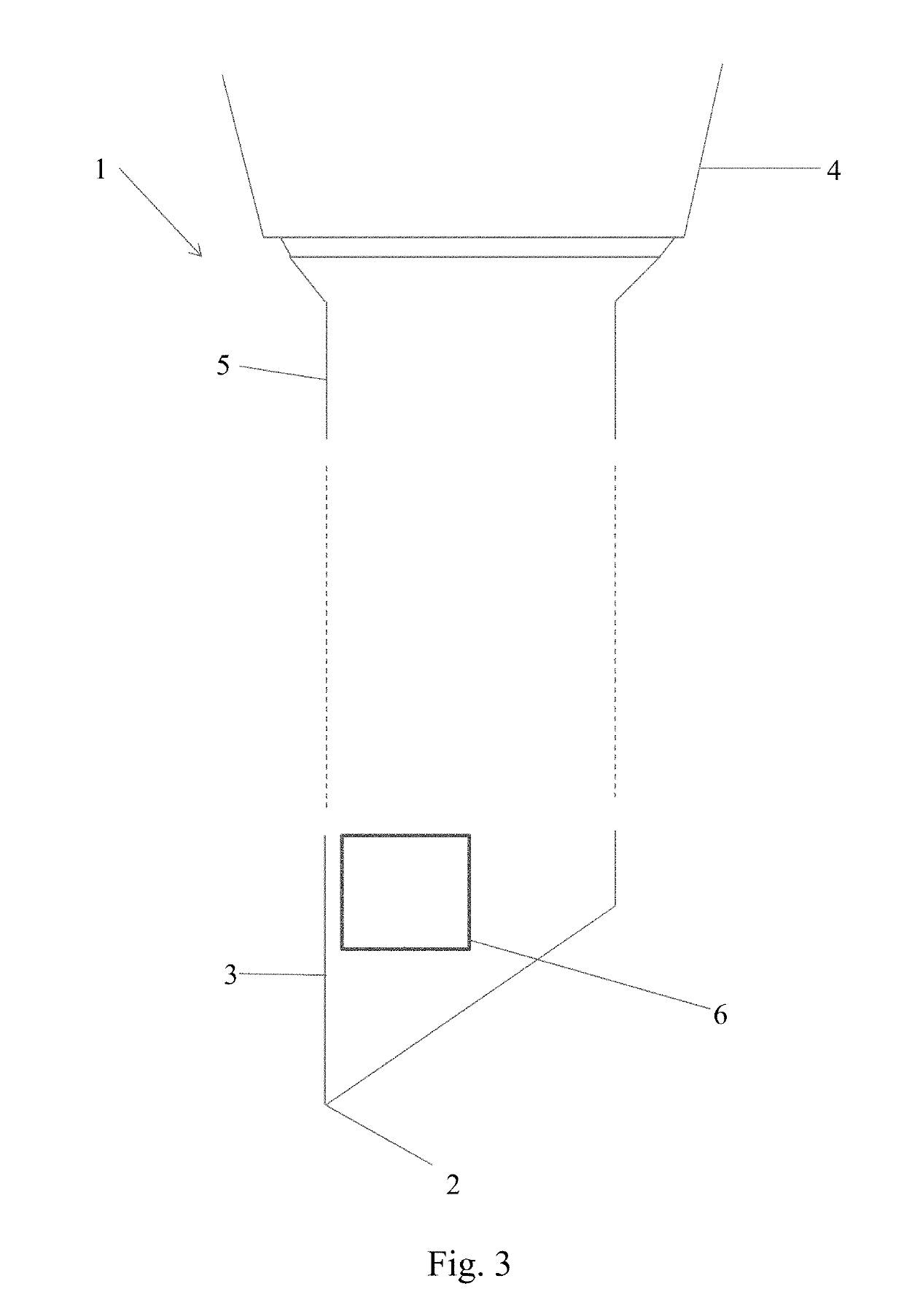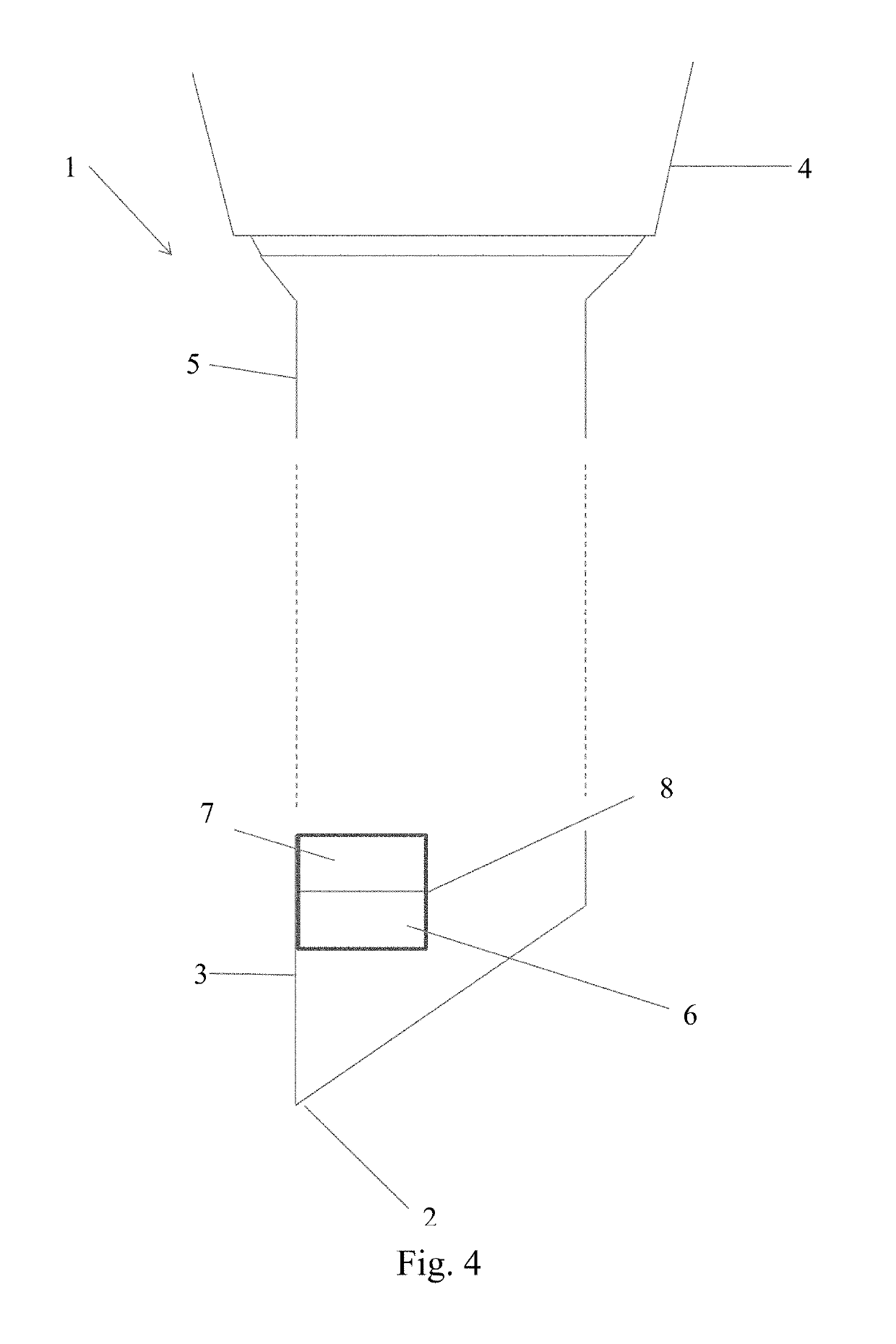However in many cases the definition provided by these imaging techniques is not sufficient to confirm beyond any doubt the exact position of the needle tip.
Even for an experienced operator, an injection carries the intrinsic risk of a needle tip wrong positioning, with consequent injection of a
drug in the wrong tissue, organ, or cavity.
On the contrary, if the needle tip is located in a
blood vessel, the fluid will flow easily, with a very limited resistance.
This is of course not accurate, as based only on a
subjective feeling and the experience of the operator and not on objective and measured data.
While in some situation, the wrong site injection consequence will only be a diminished
therapeutic effect, in other cases it can have serious consequences.
The intrinsic risk is of course to inadvertently puncture the nerve however nowadays cannot be completely excluded by any of the guidance techniques available.
The latter situation, called intraneural injection, is thought to be the main cause of the permanent severe nerve damage, which consequent loss of function, which represents the most feared complication of
peripheral nerves blocks.
Also in case of central regional
anesthesia procedures, such as spinal and epidural
anesthesia, which can be performed under
real time ultrasound guidance, but are nowadays still performed with anatomical landmarks, a significant cause of iatrogenic morbidity is due to inadvertent injection of the
local anesthetic or the
drug used (corticosteroids, ialuronic acid, contrast, etc.) in the wrong place (inside a root, either subdural instead of spinal, or vice versa when not completely out of target in the soft tissues).
Moreover, not all the operators reacts in the same way to a supposedly excessive perceived
injection pressure, being their judgments affected, among other factors, by their subjective interpretation, the lack of an
objective measurement method, the injection method they use, the type of syringe and needle used, the speed of injection.
This device allows a certain degree of control on the
injection pressure, however presents many problems which prevent it to be a definitive solution to the issues indicated above.
First it poses some ergonomic problems: many operators are disturbed by the presence of the tubes connecting the syringe and the needle to the device, as well as by the presence of the device itself, which alter the usual structure of the leaner
system syringe-injection line-needle.
In order to check the pressure he or she is generating along the injection line at any time, the operator must constantly check the device, thus stopping to look the
needle insertion point and the
ultrasound machine monitor, with consequent risk of unintentional displacement of the needle tip during the
injection procedure and following risks of both complications and block failure.
For this reasons, many anesthesiologists nowadays have not adopted the device in their daily clinical practice and they are unlikely to adopt it in the future.
Moreover, this device is also affected by many important limitations with regard to its accuracy, which definitely limit the actual clinical utility of the information provided about injection pressure.
Due to all this factors, the pressure detected by the sensor of the known device cannot be used to make precise assumption on whether the liquid is injected in the proper location or not.
In other words, this known device may give an information or feed-back to the operator on a possible wrong location being instead the location appropriate (false positive) or, on the opposite (and more dangerously), it may give a false information on a possible correct location for the injection when, instead, the location is wrong (false negative).
These accuracy issues translate into a lack of sensitivity and specificity in detecting intraneural injections, leading to a potentially significant failure in lowering the incidence of
nerve injury.
Furthermore, the indicator gives the information with a certain
delay and with low precision.
Finally the existing device does not provide any information about an injection pressure lower than expected, which can be associated to important complications of regional anesthesia, namely intravascular or unintentional spinal injection of
local anesthetic.
It also does not give the possibility of
record the injection pressures generated during the procedures and thus does not constitute a proof of good clinical practice in case of litigation.
 Login to View More
Login to View More  Login to View More
Login to View More 


